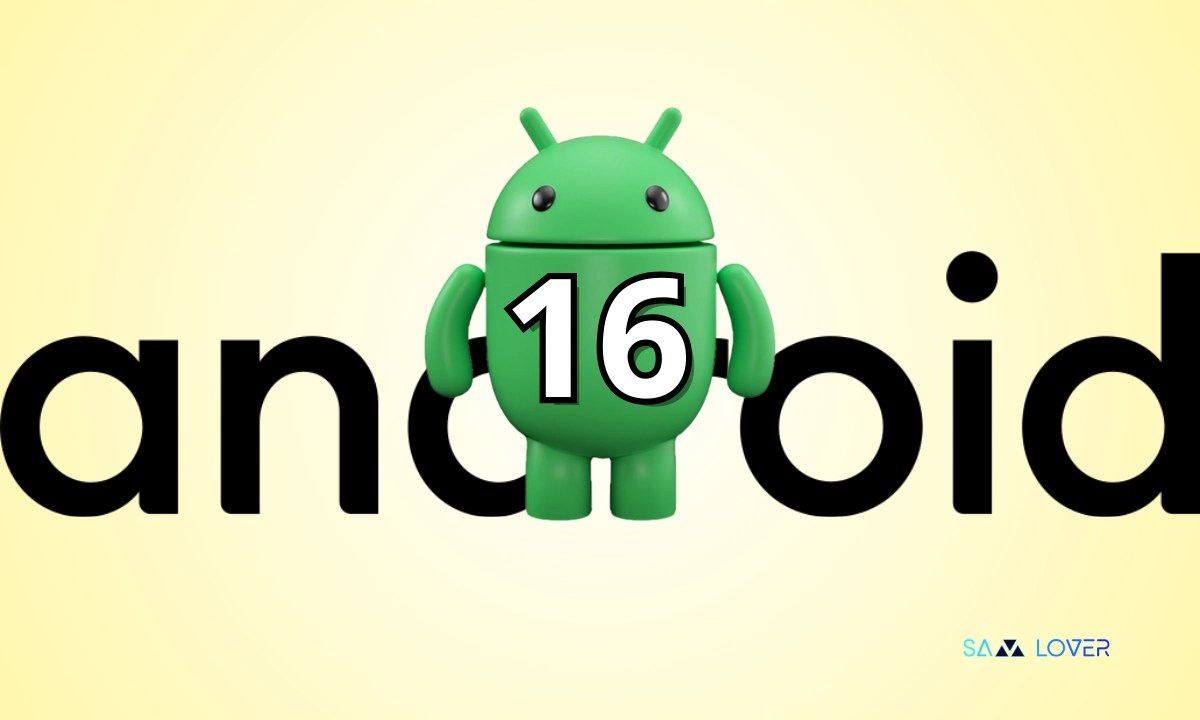New Study Raises Concerns Over Link Between GLP-1 Drugs and Blinding Eye Conditions
The case for GLP-1 drugs like Ozempic potentially causing blindness is building, according to a new paper published this week. The study describes several individuals who developed eye conditions following their initiation of semaglutide and similar medications.
Eye Doctors Sound Alarm on Potential Link
Researchers at the University of Utah Health and elsewhere published the research, which highlights cases of vision complications linked to these obesity and diabetes medications. The conditions, including nonarteritic anterior ischemic optic neuropathy (NAION), can ultimately lead to blindness. However, the doctors emphasize that the cases alone do not prove that GLP-1 drugs are the cause of these issues, and further research is required to comprehend the situation fully.
Previous Research Suggests a Connection
Recent studies have also revealed a connection between GLP-1 drugs like semaglutide (the active ingredient in Ozempic and Wegovy) and tirzepatide (Mounjaro and Zepbound) and an increased risk of certain eye problems.
Past Studies Highlight the Issue
Last summer, researchers at a specialty eye hospital published a study finding that patients taking semaglutide were more likely to develop NAION, a rare condition resulting from a lack of blood flow to the optic nerve. This past December, health officials in Denmark urged the European Union to investigate the potential link between GLP-1 use and NAION, following studies in Danish residents that found similar results.
A New Study Presents More Cases
The latest paper, published in JAMA Ophthalmology, presents nine cases, including NAION in seven individuals, papillitis in one person, and paracentral acute middle maculopathy in another. In many cases, vision loss ceased or stabilized after the use of the medication was terminated, although a few continued without lasting issues.
Individual Cases Are Not a Smoking Gun
The researchers stress that these individual cases do not serve as grounds for proving that GLP-1 drugs are causing these eye problems.
Complications and Potential Mechanisms
The researchers note that in numerous cases, the blood sugar level’s rapid decrease may be related to the vision problems. They speculate that this could be true for cases of NAION as well. This means that GLP-1 drugs might be causing some of these cases indirectly, by rapidly lowering blood sugar, rather than through a direct effect from the medication. Some cells within the optic nerve contain GLP-1 receptors, providing another pathway for this medication to impact vision.
Further Research Required
The researchers emphasize that more work is needed to study this potential connection. Given the rare nature of NAION, even a small increase in risk could have significant effects on a large scale, considering the widespread use of these drugs worldwide. Unraveling the underlying mechanisms could lead to better care and the prevention of future cases. The doctors also hope that their findings will promote awareness among their peers about this potential link.
Experts Urge Caution and Further Investigation
“Further studies are required to test our hypothesis. However, this is a significant issue for ophthalmologists as we monitor the use of these drugs and how to effectively communicate with our patients about them,” stated Bradley Katz, a neuro-ophthalmologist at the University of Utah’s John A. Moran Eye Center, in a statement from the university.
Source Link





